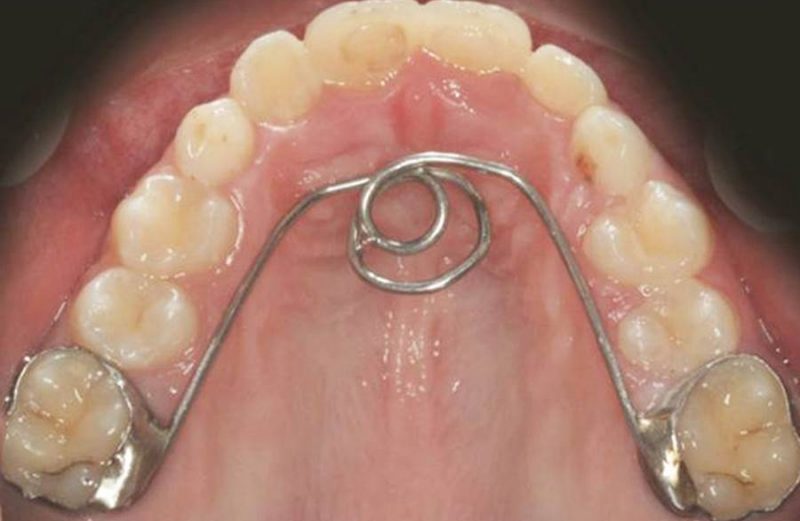Vol. 12 – Number 48 – 2019 Point of view column Page 27-29 How to get adequate overbite on previous open bites? Odilon Guariza Filho¹ Isabela Bittencourt Basso² Gisah Caroline Cipriani Poffo² Ahmad Allaham² Márcio Furtado Niwa² Maria Augusta Andrigo Perin² Orlando Tanaka¹ Introduction Oral habits can favor the development of malocclusions such as anterior open bite (MAA) and modify normal swallowing and speech patterns depending on factors such as duration, frequency, intensity and facial pattern1. But the MAA is multifactorial, and there is an almost infinite variety for the dentoskeletal configuration and magnitude of associated dysplasia2. The skeletal MAA requires orthosurgical treatment to obtain aesthetic, functional and stable dental results. However, surgery can be very expensive for some patients and others refuse to consider such an invasive intervention3. The only choice of the orthodontist will be to deny treatment or attempt to solve as much of the malocclusion as possible with orthodontic biomechanics alone. There are several therapies for MAA treatment in patients with and without growth, depending on treatment goals. The MEAW is effective for the treatment of Skeletal MAA4, although the technique has little or no effect on the skeletal pattern3 (Figure 1). Justus considered that the tongue, when kept in a more anterior position can be considered the main cause of relapse and recommended the installation of piquitoes, or spurs positioned by the palatal of the upper incisors and fixed on the first molars for the long-term stability of MAA treatment5; or it can be successfully intercepted by interception with speech therapy6 (Figure 2); or the use of a fixed helical arch to act as a reminder or mechanical impediment to the finger sucking habit, since it causes discomfort by breaking the pleasure of sucking due to the volume of the helicoids in the region where the thumb pulp should be7 (Figure 3); or a palatal grid8. Obtaining adequate overbite in malocclusions with MAA is a challenge in orthodontic routine day-by-day. Therefore, this “Point of view” aims to present 3 clinical cases in which a specific biomechanics was used to close the MAA and obtain adequate overbite (Figures 1-3). 1 Professor – Graduate Program in Orthodontics – PUCPR – School of Life Sciences. ² Postgraduate Student in Orthodontics – PUCPR – School of Life Sciences.
This content is restricted to site members. If you are an existing user, please log in. New users may register below.




